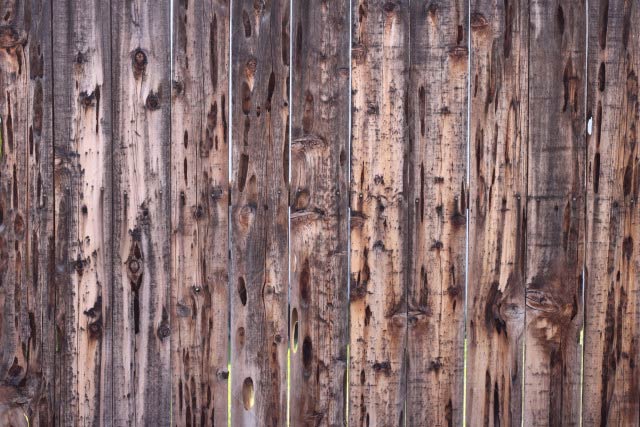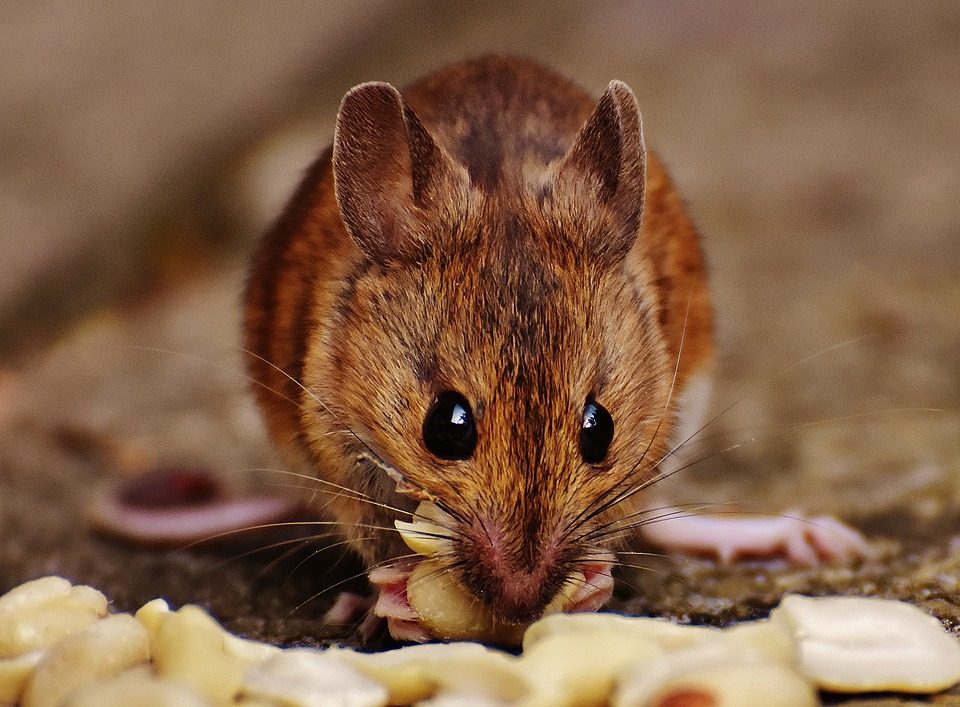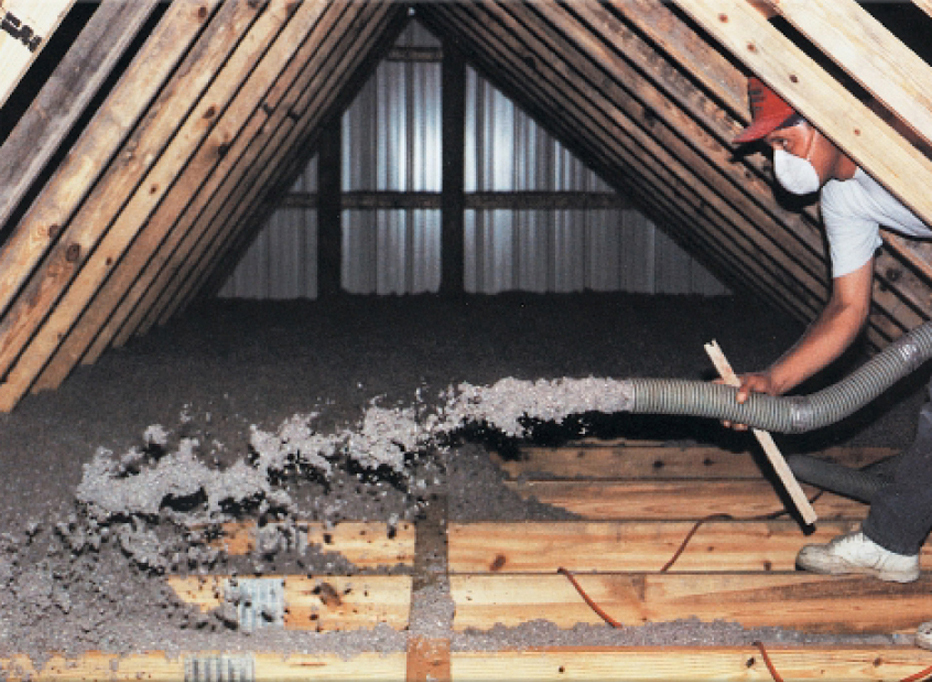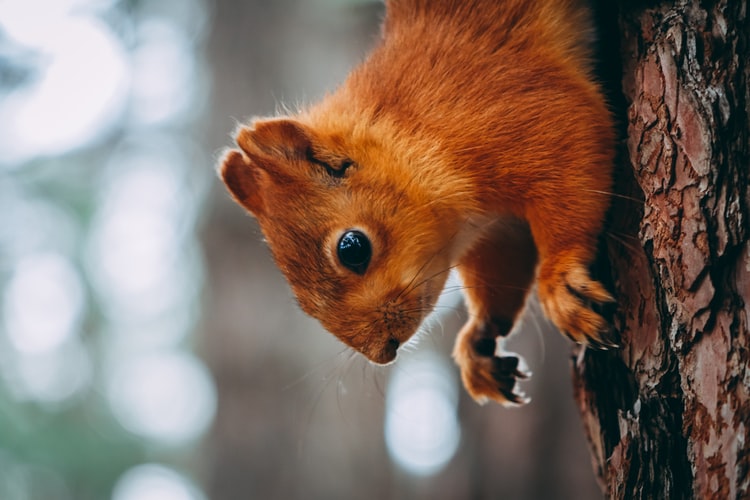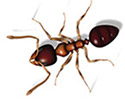

4 Tips to help you prepare for mosquito season
April 15, 2018
How to effectively eradicate kitchen cockroaches
June 15, 2018Your home is not only one of your biggest investments, but also your safe space. Termites are a nightmare for homeowners and cause billions of dollars in structural damage to homes, ruining your home’s value. There are several ways you can protect your home, the foremost being to seek professional help from your local pest control company.
There are many things you may be doing right now that are increasing your risk of a termite infestation.
Stacking piles of wood
Many people stack piles of wood just outside their homes because it is easier to get to it when they need it. Wood piles attract termites since it is their primary source of food, so it is best to keep firewood at least 15 feet away from your home. Using sturdy metal stands or concrete to raise wood off the ground can help create a barrier.
Allowing gutters to become clogged
Moisture creates the ideal condition for termites to thrive. Leaves and other debris that builds up in the gutters collect moisture and create the perfect conditions for a termite infestation. Regularly clean your gutters and ensure that water flows freely.
Rotting wood
Deadwood becomes an open invitation to termites, as it is their primary food source. Ensure that you do not let dead trees and stumps rot in your yard, as termites will use the rotting wood as food. Once they are done with it, they will try to find a new source of food – and your home may end up being their next destination.
Spreading mulch by your foundation
Mulching your gardens is a great way to retain moisture and add nutrients to the soil, helping to grow healthier plants. Unfortunately, it also makes termites attracted to the mulch for the very same reasons. Ensure that you add mulch far away from your home’s foundation, so termites do not find reasons to enter your home.
Trees near your home
Having trees near or in contact with your home can give termites easy access to your structure. If you have any trees that are in close contact with your home, try to cut limbs that are touching the home, limiting the termite’s access.



